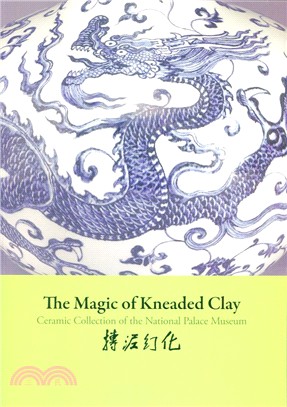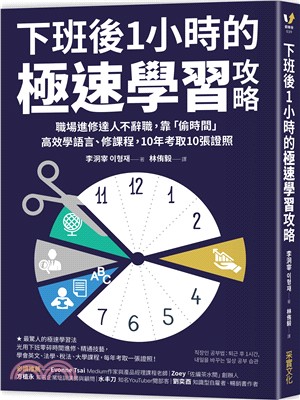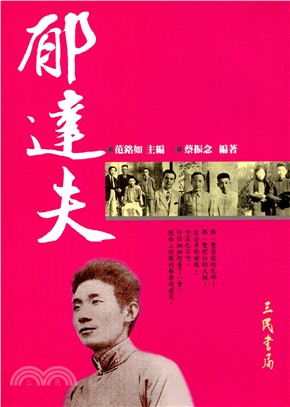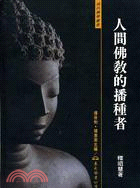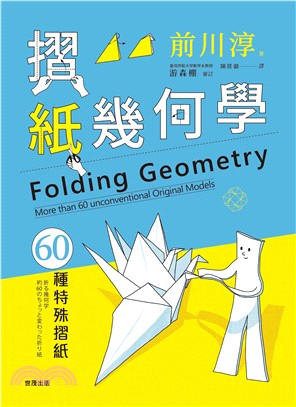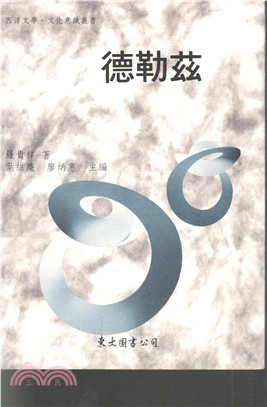The magic of kneaded clay:ceramic collection of the National Palace Museum
- ISBN13:9789575627829
- 出版社:故宮博物院
- 作者:Yu Pei-Chin; Huang Lan-Yin; Chang Chin-Hsin[作]
- 裝訂/頁數:平裝/180頁
- 規格:29.6cm*21cm*1.7cm (高/寬/厚)
- 出版日:2016/12/01
商品簡介
Ceramics is a sign of civilization. From collecting raw materials, shaping forms, applying glazes to firing products in kilns, materials go through many transformations and soft clay becomes durable ceramics. The forms, glazes and decorative patterns of ceramics are diverse and various because they were created under different cultural and social conditions. Emperors, superintendents, potters and users of ceramics all contributed to the formation of period styles. What is attractive about ceramics is that it corresponds with the course of history. The network development of kilns also reflects the phenomenon of cross-cultural interactions. Most ceramics at the National Palace Museum came from the Qing imperial court and passed many places before moved to Taiwan. Originally from the palaces in Beijing, Rehe and Shenyang, these ceramics possess a clear registration number which could help trace the original location at which each piece was once stored or displayed. It makes the collection of the National Palace Museum unique and distinctly different from other public and private museums. Even though the National Palace Museum does not have many pre-Song dynasty ceramics, it boasts many famous wares that are unparalleled any where in the world, including renowned Song wares, doucai ware produced during the Chenghua reign, painted enamel porcelain of the high-Qing period as well as official wares of the Ming and Qing dynasties. This guidebook illustrates the history of Chinese ceramics based on the collection of the National Palace Museum. From the variations of glaze colors, it is possible to see how glazes evolved gradually at different kilns and how official models developed over time. The guidebook is divided into four chapters: “From the Neolithic Age to the Five Dynasties”, “Song and Yüan Dynasties”, “Ming Dynasty”, “Qing Dynasty”. “From the Neolithic Age to the Five Dynasties” is a period of time when ceramics evolved from its primitive beginning to a sophisticated stage. “Song and Yüan Dynasties” wishes to explore the decorations and beauty of various wares from different kilns from the perspective of the aesthetics of everyday life. The theme of the “Ming Dynasty” chapter is to narrate the establishment of the Jingdezhen imperial kiln. Porcelain production became a state affair while local civilian kilns competed for market share. At the “Qing Dynasty” chapter, it shows that three emperors, Kangxi, Yongzhen, and Qianlong, personally took control of the imperial kiln. The influences of official models reached its peak. While the state declined, the style of folk art began to creep onto late Qing imperial wares. Ceramics is a witness to human activities. Apart from allowing readers to grasp an idea of how Chinese ceramics developed, it is also hoped that the guidebook would generate interactions and feedbacks so that a historical collection could inspire new ideas.
目次
主題書展
更多主題書展
更多書展本週66折
您曾經瀏覽過的商品
購物須知
為了保護您的權益,「三民網路書店」提供會員七日商品鑑賞期(收到商品為起始日)。
若要辦理退貨,請在商品鑑賞期內寄回,且商品必須是全新狀態與完整包裝(商品、附件、發票、隨貨贈品等)否則恕不接受退貨。




